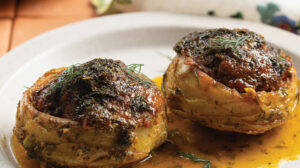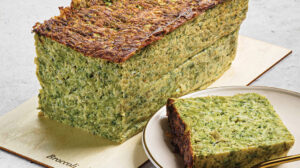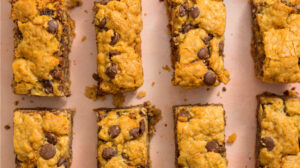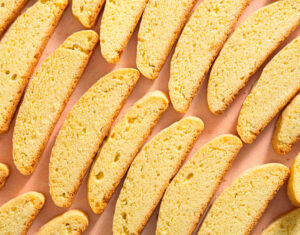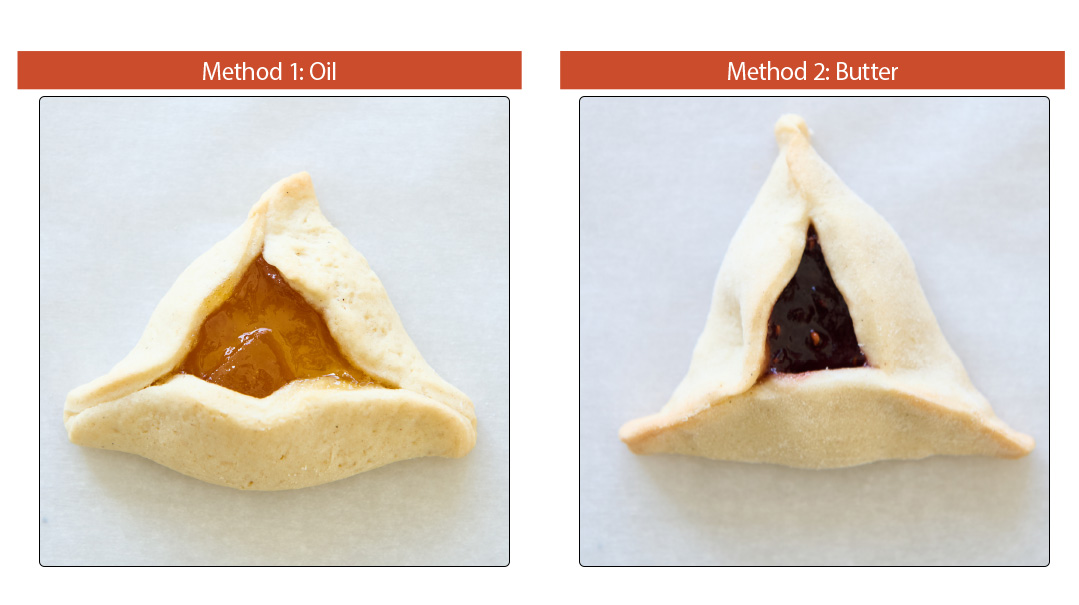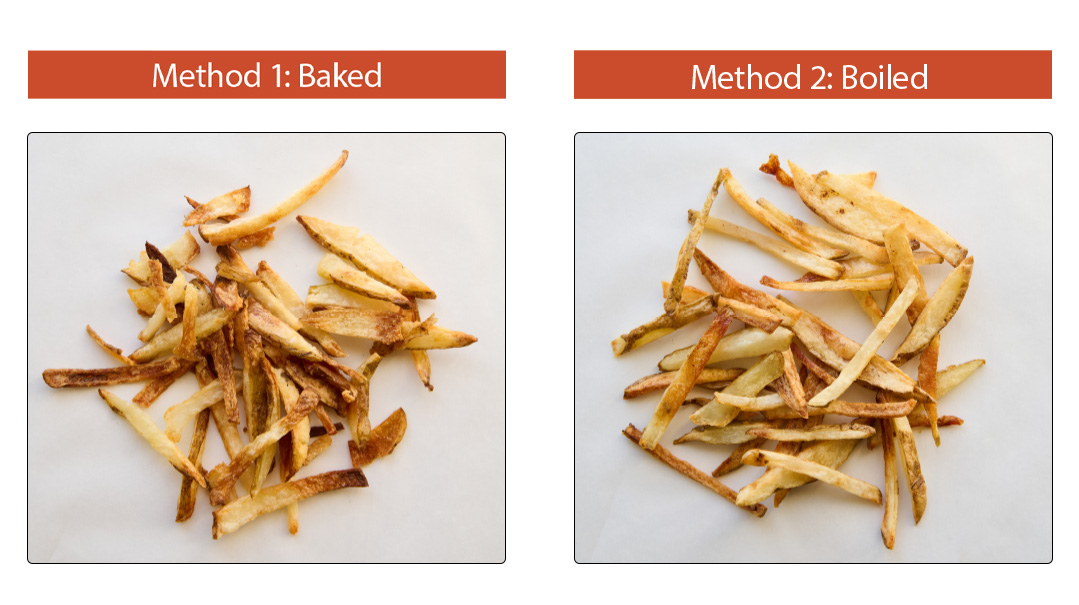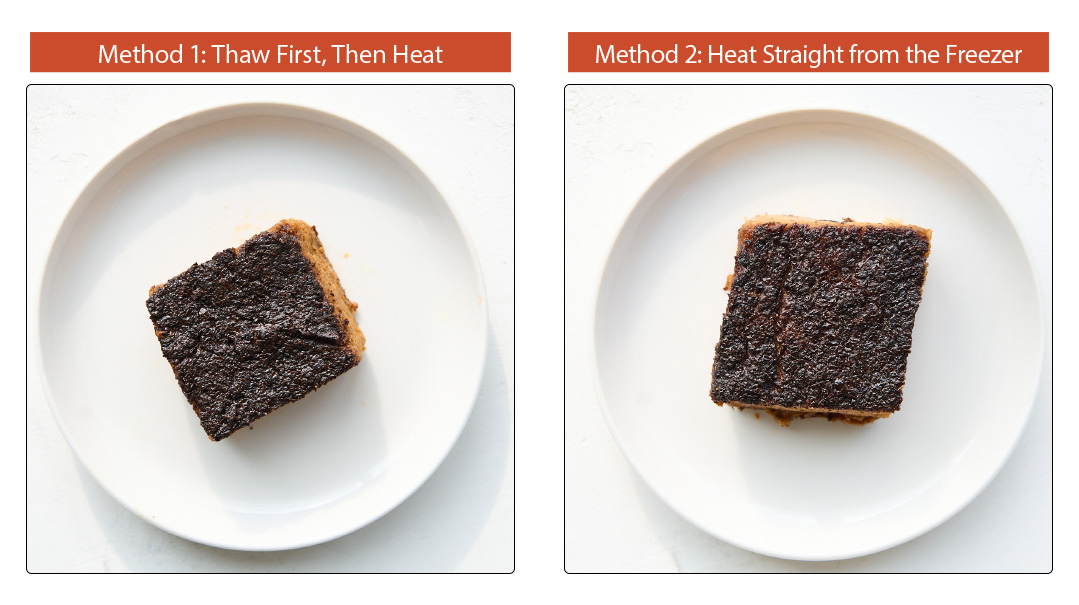Pesach Vanilla Chiffon Cake
| April 16, 2024
Pesach cakes are usually a variation of some kind of sponge cake. After all, whipping egg whites is an easy way to incorporate air into a batter to get something fluffy and delicious without many ingredients involved. I made this vanilla chiffon cake and wanted to see what would happen if I skipped a step and didn’t invert the cake after baking. Gasp!
Side note: If you can, use the vanilla bean in the recipe. It might sound extra, but it makes the vanilla flavor poke through when the ingredients are so minimal. Okay, I also love the little flecks throughout the cake. Mix the leftover pod with sugar and you’ll have vanilla sugar in a few days. Win-win!
YIELDS 1 10-INCH (26-CM) TUBE PAN
- 8 extra-large eggs, separated
- 1½ cups sugar, divided
- ½ cup oil
- 1 Tbsp vanilla extract
- 1 vanilla bean, scraped
- ¾ cup potato starch
Preheat oven to 350°F (175°C).
Place egg whites in the very, very clean bowl of a stand mixer fitted with the whisk attachment and beat on low speed until foamy. Increase speed to medium-high and pour in 1 cup of sugar in a slow, steady stream. Beat until stiff peaks form, about 3 minutes. The peaks are stiff when the egg whites look glossy and don’t budge when the whisk is inverted.
In a large mixing bowl, combine egg yolks, 1⁄2 cup sugar, vanilla extract, and vanilla bean seeds. Mix until smooth. Sift the potato starch and fold it into the mixture.
Working in three batches, fold the egg whites into the yolk mixture using a sturdy silicone spatula. Mix slowly, getting under the batter and folding it over the mixture. Resist the temptation to vigorously stir (I know, I’m impatient too!) because it might deflate the egg whites. Keep folding the batter, scraping the sides, and turning the bowl until the mixtures are well-incorporated.
Pour batter into an ungreased 10-inch (26-cm) tube pan. Bake on the middle rack for 1 hour.
Carefully invert the cake onto the counter (if your pan has raised feet) or over a wine bottle or even just a cooling rack (if it doesn’t). Cool completely, about 3–4 hours. Slide a knife around the perimeter and gently remove the cake from the pan. Slice and enjoy!
Method 1: Inverted
Invert the cake to cool.
Method 2: Not Inverted
Let it cool without inverting the cake.
My Verdict
The reason that the sponge and chiffon cakes need to be inverted is that their structure isn’t set until they’re completely cool. As such, I anticipated that the cake that wasn’t inverted would collapse, but I was surprised by how and how much. The cake kept its height around the perimeter and sank in the center. The texture was noticeably less airy, and the flavor, I felt, was a touch eggy, but it was edible even if not ideal. Meanwhile, the inverted cake from method 1 was uniformly fluffy and airy and perfect. It had a really nice texture and flavor.
A spinoff result that’s noteworthy is that the aluminum pan (from method 1) and nonstick pan (from method 2) both kept the cake’s intended height. The cake didn’t slide out from the nonstick pan even when inverted. So whether you have an aluminum or nonstick tube pan, make this cake and be sure to invert it before it cools! Chag Pesach kosher v’samei’ach!
(Originally featured in Family Table, Issue 890)
Oops! We could not locate your form.

